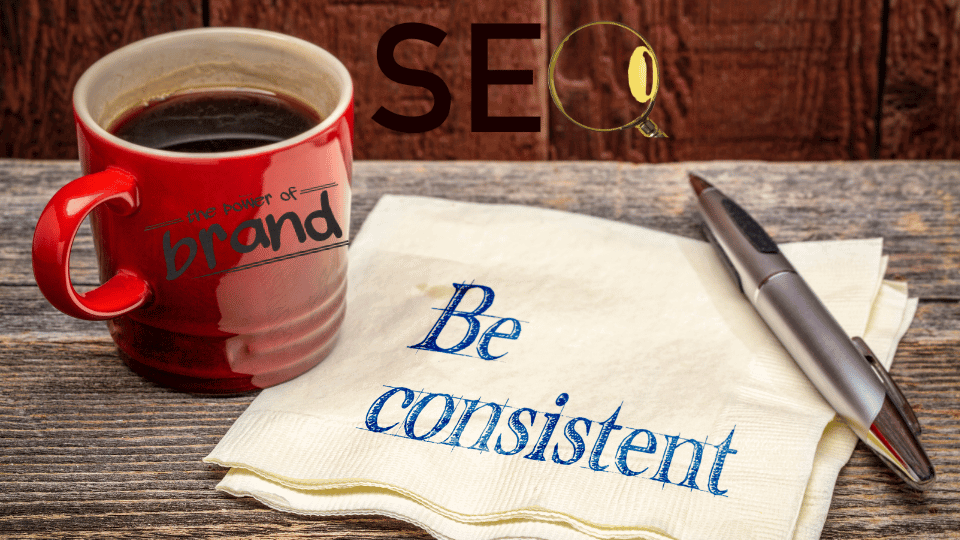Retail media continues to be a rapidly growing and evolving area of the broader advertising and media landscape. For those unfamiliar, this involves retailers integrating brand and product promotions throughout their spaces. It’s all about advertising at the most lower-funnel place possible: store aisles.
Beyond effectiveness and high-intent impressions, retailers have embraced this trend because it boosts and diversifies their revenue. And from an ad sales perspective, retailers are advantaged by the warm relationships they already have with potential advertisers, given that they often carry their products.
But in some cases, the addressable market of advertisers falls outside of the brands that retailers carry. Correspondingly, one trend in retail media is to open the floodgates to “non-endemic” advertisers whose products aren’t on a given retailer’s shelves. This includes local SMBs like roofers and landscapers.
Lastly, one of the tailwinds propelling retail media is privacy reform. In the privacy-first era, the most advantaged parties are those with first-party data. And retailers have reams of first-party data that they can use to hyper-target ads throughout their stores, and digital properties (think: Walmart/Vizio).
Mix of Metrics
Against that backdrop, retail media has been advantaged and momentous… but early stage. As such, it was missing an element that established ad media often possess: standardization. In other words, there’s a mix of metrics and practices that cause confusion and, in turn, dampen advertiser demand.
Enter the ad world’s foremost ad standards body: IAB. It has ventured to bring structure and standards to retail media through its Retail Media Measurement Guidelines. Its main goal extends from the thought above: advertisers will be more inclined to spend if standards and common language replace confusion.
So what do these standards involve? They’re limited to digital media (sans print ads, signage, and product sampling) and focus on things like what constitutes an impression. On that, they’ve taken a liberal approach to count impressions as any digital promotion that is viewable and likely to be seen.
Another area of standardization is ad-serving metrics, which mostly inherit dynamics from other digital media. IAB also sets important definitions around how to measure and report common retail-media performance indicators like incremental sales lift. This dissuades retailers from fudging the numbers.
Another key area of definition is in-store zones. IAB breaks it down into five areas: “exterior to store,” “entrance and out of category,” “checkout,” “in aisles” and “other.” The goal here is to get everyone talking the same language and give advertisers something to compare in their cross-retailer ad buys.
Table Stakes
To show rather than tell, Kroger is one of the first retailers to adopt these standards. In fact, it’s been an advocate of standards long before IAB published its report, for many of the benefits noted above. Not only do standards appeal to advertisers, but they help retailers with tangible targets and benchmarks.
Kroger has taken things a step further by developing its own retail media measurement model, which aligns with IAB guidelines. Set to launch in Q4, it will govern Kroger’s retail media endeavors, including everything from ad serving to analytics. This is hoped to professionalize its retail media program.
For example, one output of this model will be standardized reporting that it can offer to its advertisers on an ongoing basis. This is hoped to give them a sense of transparency and ROI for their retail media spend. In that way, the model is both an operational structure and a vehicle for ad sales/retention.
Following this, we expect other retailers to buttress their media programs with such a model – not only to bring structure and standards, but out of competitive necessity. In other words, once advertisers get the taste in their mouths for the kind of reporting that Kroger is offering, it will quickly become table stakes.



